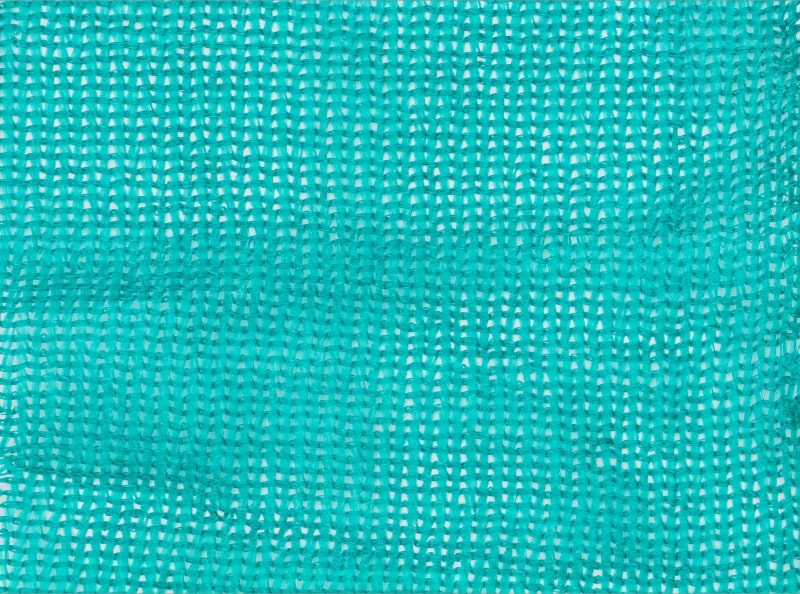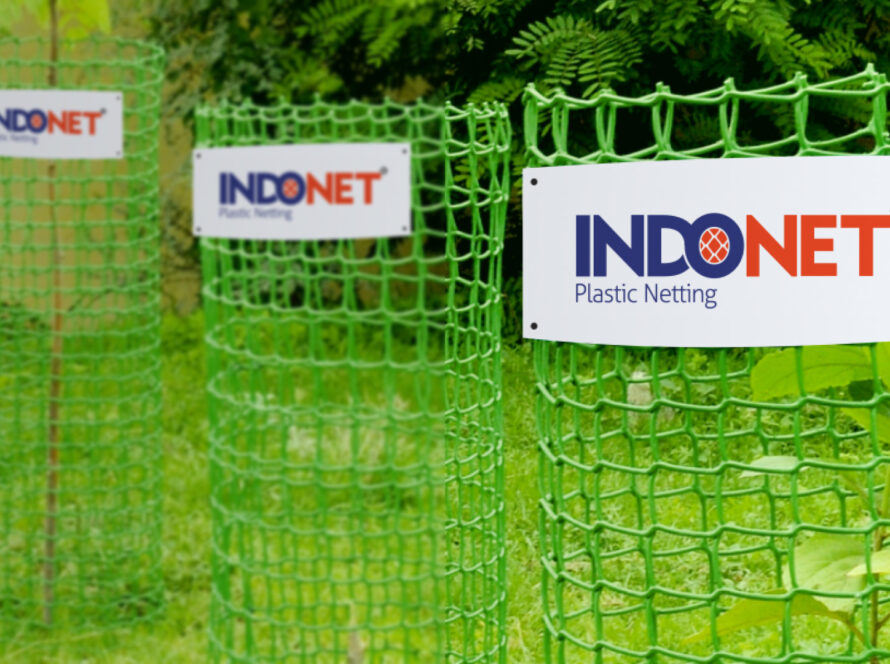|
Getting your Trinity Audio player ready...
|
The evolution of agriculture has always been about embracing new technologies and methods to boost productivity and sustainability. Among these innovations, shade nets have emerged as a cornerstone in modern farming. This comprehensive blog aims to elaborate on the impact of shade nets in contemporary farming practices. From basic understanding to types, installation techniques, maintenance, and their future in agriculture, in this blog, we will cover every aspect to give you a thorough understanding of how farming shade nets are revolutionising agriculture.
1. What is a Farming Shade Net?
Table of Contents
- 1 1. What is a Farming Shade Net?
- 2 2. Types of Shade Nets and their Applications in Agriculture
- 3 3. Shade Net Installation and Maintenance
- 4 4. How Shade Nets Protect Crops from Harsh Weather Conditions
- 5 5. Tips for Choosing the Right Shade Net for Your Farm
- 6 6. Shade Net Suppliers and Manufacturers
- 7 7.The Future of Shade Nets in Agriculture
- 8 The Future of Farming is with Shade Nets

Farming shade nets, often regarded as a farmer’s best ally against environmental challenges, are made from high-quality, UV-stabilised materials designed to create a protective barrier over crops. These nets not only shield plants from harmful UV rays but also help in maintaining a balanced microclimate. This balance is crucial for optimal growth, fruiting, and flowering in a wide range of agricultural products. Indonet Group specialises in offering these nets, tailored to suit diverse farming needs, ensuring that each one can maximise their crop yield and quality.
2. Types of Shade Nets and their Applications in Agriculture
Each type of net for farming is engineered to serve specific agricultural purposes:
Knitted Shade Nets: These are highly versatile, providing uniform shade and air circulation, ideal for vegetable cultivation and floriculture.
Woven Shade Nets: Offering exceptional strength, they are perfect for larger nurseries and orchards, where durability is key.
Aluminet Shade Nets: These reflective nets are excellent for managing heat and light, especially in greenhouses growing sensitive plants.
Understanding the distinct features of each type helps in choosing the right net for specific agricultural ventures, thereby optimising crop protection and growth.
3. Shade Net Installation and Maintenance
Effective installation and maintenance of shade nets are critical for their longevity and performance. Indonet Group provides comprehensive guidelines to help you in choosing the right framework for installation. Regular maintenance, including inspections for wear and tear, cleaning to prevent shading reduction, and proper storage techniques, are essential. These practices not only extend the lifespan of the nets but also ensure they function at their best, providing consistent protection to the crops.
4. How Shade Nets Protect Crops from Harsh Weather Conditions

Shade nets serve as a shield against various harsh weather conditions like scorching heat, heavy rain, and frost. By moderating the microclimate, they significantly reduce the risk of thermal and water stress, which can lead to crop damage. This protective barrier also minimises the impact of pests and birds, further safeguarding the crops. The role of shade nets in maintaining an ideal growing environment is invaluable in enhancing both the quantity and quality of agricultural produce.
5. Tips for Choosing the Right Shade Net for Your Farm
Selecting the perfect shade net involves understanding your farm’s specific requirements. Factors like local climate, crop type, and the level of protection needed are crucial considerations. Indonet Group offers expert advice, helping you in the selection of nets with appropriate shade percentages, colours, and materials based on unique agricultural environments. This tailored approach ensures that every farm can benefit maximally from the use of shade nets.
6. Shade Net Suppliers and Manufacturers
The selection of a reputable supplier and manufacturer is vital in obtaining high-quality shade nets. With an array of options in the market, it’s essential to opt for suppliers who not only provide durable and efficient products but also offer expert advice and after-sales support.
Indonet Group stands out for its commitment to quality, innovation, and customer satisfaction, making it a preferred choice for farmers nationwide.
7.The Future of Shade Nets in Agriculture
The future trajectory of shade nets in agriculture is moving towards more innovative, eco-friendly, and customisable solutions. As climate change continues to pose new challenges, the role of shade nets in adaptive and sustainable farming practices becomes increasingly significant. Advancements in materials and technology are expected to enhance the efficiency and environmental compatibility of these nets, securing their place as a staple in future agricultural practices.
The Future of Farming is with Shade Nets
In conclusion, shade nets, with their diverse applications and benefits, are integral to the future of efficient and sustainable farming. Their ability to improve crop yield and quality, while minimising environmental impact, makes them indispensable in the agricultural sector. Indonet Group remains at the forefront of this evolution, offering cutting-edge agro shade net solutions and expertise.

About Author
Indonet Group is a leading manufacturer and supplier of extruded plastic netting and geosynthetic solutions. With a strong commitment to quality and sustainability, Indonet serves industries ranging from agriculture to infrastructure, offering innovative and durable products. Backed by advanced technology and a customer-centric approach, Indonet Group continues to be a trusted name in the field, delivering excellence across global markets.
Follow the Expert


